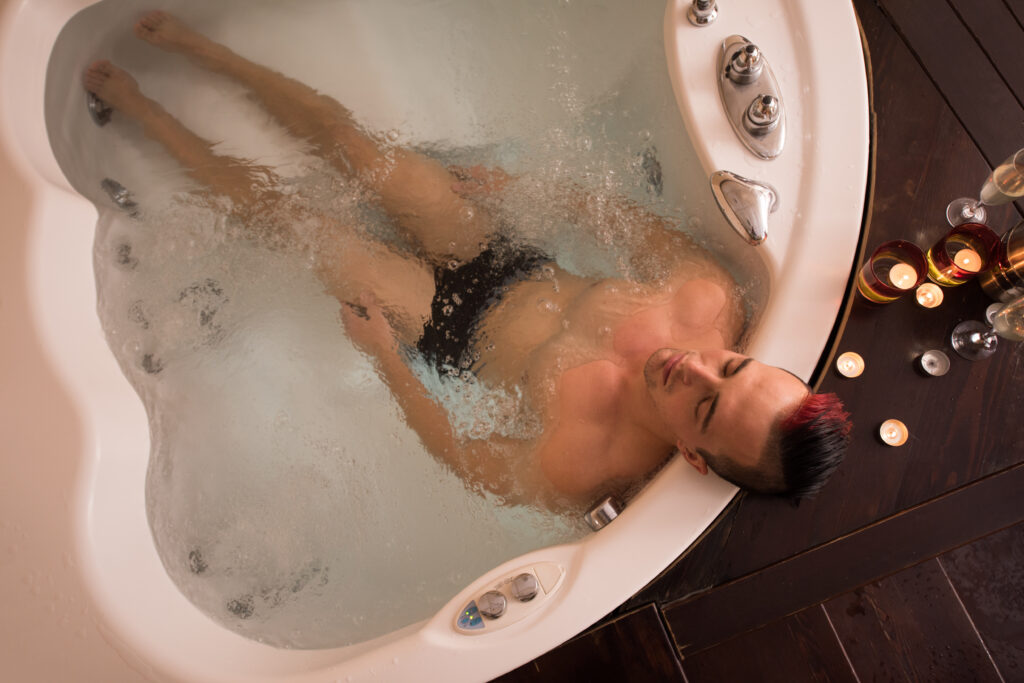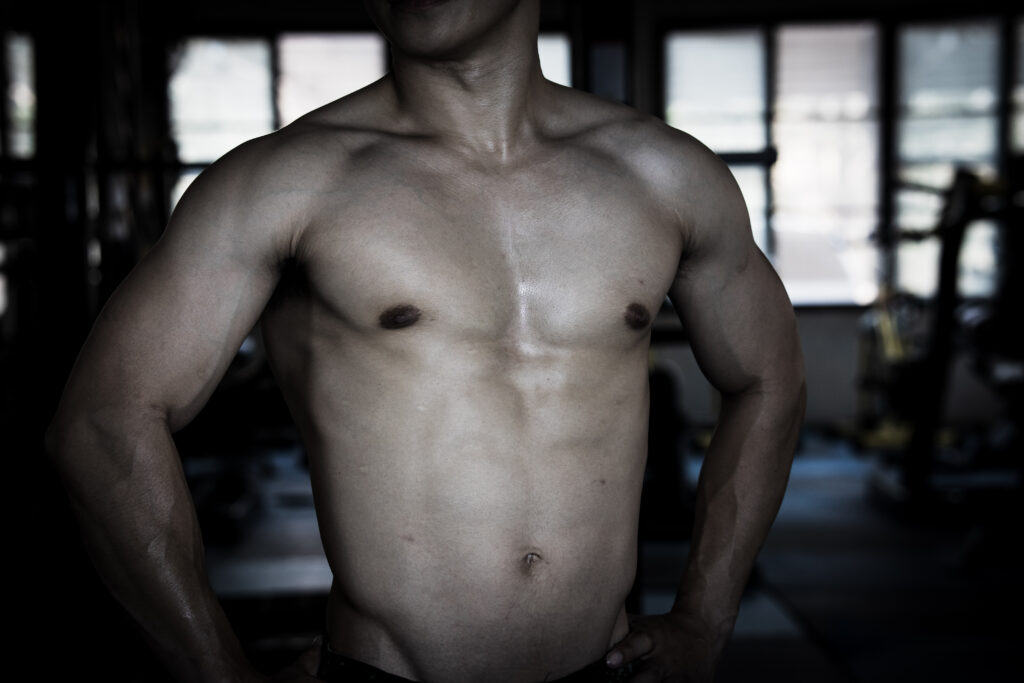Refresh, Rejuvenate, Recover: Discover the Invigorating Effects of a Cold Shower After Workout. After pushing your limits and breaking a sweat, it’s time to embrace the chill and take your post-exercise routine to the next level. Incorporating a cold shower into your regimen can provide a myriad of benefits, from reducing inflammation to boosting circulation and accelerating muscle recovery.
Table of Contents
How does taking a cold shower after workout benefit my body?
Taking a cold shower after workout offers numerous benefits for the body’s recovery process. Cold water immersion helps to constrict blood vessels, reducing inflammation and swelling in muscles that may occur during intense exercise. Additionally, the cold temperature stimulates circulation, aiding in the removal of metabolic waste products like lactic acid, which can contribute to muscle soreness. This accelerated removal of waste facilitates quicker muscle recovery, allowing athletes and fitness enthusiasts to bounce back faster and perform at their best during subsequent workouts.
A study published in the International Journal of Sports Medicine examined the impact of cold water immersion on inflammatory markers and oxidative stress following strenuous exercise. The findings revealed that cold water immersion significantly decreased markers of inflammation and oxidative stress, suggesting its potential as an effective recovery strategy for athletes and active individuals.
Furthermore, cold showers have been shown to have a positive impact on mental well-being, promoting alertness and boosting mood post-exercise. The shock of cold water triggers the release of endorphins, often referred to as “feel-good” hormones, which can alleviate stress and enhance overall feelings of well-being.
Incorporating cold shower after workout routine not only supports physical recovery but also leaves individuals feeling invigorated and refreshed, ready to take on whatever challenges come their way.
Is it better to take a cold shower immediately after a workout or wait a while?
The timing of a cold shower after workout can impact its effectiveness in aiding recovery. While there’s no one-size-fits-all answer, taking a cold shower immediately post-workout may offer certain benefits. Cold water immersion helps constrict blood vessels, reducing inflammation and flushing out metabolic waste products accumulated during exercise. This can potentially alleviate muscle soreness and enhance recovery.
However, some experts suggest waiting a short while before taking a cold shower after workout to allow the body to naturally cool down and for heart rate to return to baseline. Experimenting with different timing strategies can help determine what works best for individual needs and preferences.
On the other hand, waiting a while before taking a cold shower allows the body to gradually transition from the heightened state of activity during exercise to a state of relaxation. This can help prevent sudden shock to the system and promote a smoother transition into the recovery phase.
Additionally, waiting a bit before showering allows for a brief period of rest and rehydration, which can further support the body’s recovery process. Ultimately, the decision of when to take a cold shower after workout should be based on personal preference, comfort level, and individual recovery needs.
Can cold showers help alleviate muscle soreness and speed up recovery?
Cold showers have gained popularity for their potential to alleviate muscle soreness and accelerate recovery post-workout. The cold water causes vasoconstriction, which helps reduce inflammation and swelling in muscles, leading to decreased soreness. Moreover, the sudden temperature change triggers the release of endorphins, which act as natural painkillers, further easing discomfort.
Adding cold shower after workout can promote faster recovery by enhancing blood circulation and flushing out metabolic waste products from muscles, allowing them to repair and rebuild more efficiently.
A study published in the Journal of Strength and Conditioning Research investigated the effects of post-exercise cold water immersion on muscle soreness and performance. The research found that participants who engaged in cold water immersion experienced reduced muscle soreness and improved muscle function compared to those who did not.
By exposing your body to cold water for a brief period after exercise, you can tap into its natural anti-inflammatory and analgesic properties, providing relief from muscle soreness and aiding in recovery. However, it’s essential to listen to your body and adjust the temperature and duration of cold showers based on your comfort level and individual response.
While cold showers can be a valuable addition to your post-workout regimen, they should be used in conjunction with other recovery strategies, such as stretching, hydration, and adequate rest, for optimal results.
Are there any risks with taking cold shower after workout?
While taking a cold shower after workout can offer numerous benefits for recovery, it’s important to be aware of potential risks and drawbacks. One potential risk is the risk of hypothermia, especially if the water temperature is extremely cold or if you stay in the cold shower for an extended period.
Additionally, some individuals may find cold showers uncomfortable or may experience vasoconstriction, which could potentially exacerbate certain medical conditions or cause discomfort. It’s essential to listen to your body and gradually acclimate to cold water exposure to minimize the risk of adverse effects.
Furthermore, individuals with certain medical conditions, such as cardiovascular issues or Raynaud’s disease, should consult with a healthcare professional before incorporating cold showers into their post-workout routine.
How long should I stay in a cold shower after workout to reap the benefits?
To maximize the benefits of a cold shower after workout, aim to stay in the cold water for about 5 to 10 minutes. This duration allows your body to experience the physiological effects of cold water immersion, such as vasoconstriction and reduced inflammation, without overstressing your system.
However, it’s essential to listen to your body and adjust the duration based on your tolerance level. If you’re new to cold showers, start with shorter durations and gradually increase the time as you become more accustomed to the sensation. Remember, consistency is key when it comes to reaping the benefits of cold water therapy, so aim to incorporate cold showers into your post-workout routine regularly.
In addition to the duration of the cold shower, the temperature of the water also plays a crucial role in optimizing its benefits. Aim for water temperatures between 50 to 60 degrees Fahrenheit (10 to 15 degrees Celsius) for cold water immersion therapy. This temperature range strikes a balance between effectiveness and safety, providing the desired physiological responses without risking hypothermia or discomfort.
Experiment with different water temperatures to find the optimal range that works best for you, and enjoy the invigorating benefits of cold water immersion after your workouts.
Are there any specific guidelines or precautions to follow when taking cold shower after workout?
Before diving into the benefits and precautions of cold shower after workout, it’s essential to understand the guidelines for safely incorporating this practice into your routine. Below are some key pointers to help you navigate cold shower therapy after exercise effectively.
- Gradual Temperature Change: Start with lukewarm water and gradually decrease the temperature to avoid shock to the body.
- Limit Duration: Keep cold shower sessions brief, typically 5-10 minutes, to prevent prolonged exposure to cold water.
- Avoid Extreme Cold: Steer clear of excessively cold water, as it can lead to discomfort, hypothermia, or shock.
- Listen to Your Body: Pay attention to how your body responds to the cold water and adjust accordingly. If you start to shiver uncontrollably or feel numbness, exit the shower immediately.
- Stay Hydrated: Drink water before and after your cold shower to stay hydrated, as cold water exposure can cause a temporary increase in heart rate and blood pressure.
- Don’t Overdo It: Limit cold showers to no more than once per day, as excessive cold exposure can strain the cardiovascular system and increase the risk of illness.
- Consider Health Conditions: Consult with a healthcare professional before incorporating cold showers into your routine, especially if you have a heart condition, circulation issues, or respiratory problems.
- Post-Shower Warm-up: After your cold shower, gradually warm up by drying off and dressing in warm clothing to prevent a rapid drop in body temperature.
- Avoid Cold Showers in Certain Situations: Refrain from taking cold showers if you’re feeling unwell, fatigued, or have recently engaged in intense physical activity, as it may further stress the body.
Can I combine cold showers with other recovery modalities, such as stretching or foam rolling?
Combining cold shower after workout with other recovery modalities like stretching or foam rolling can amplify the benefits of your post-workout routine. After a tough workout, indulging in a cold shower can help reduce inflammation and soothe tired muscles, while stretching or foam rolling targets specific areas of tension and promotes flexibility.
By incorporating these techniques together, you can improve your functional strength and create a comprehensive recovery plan that maximizes muscle repair and minimizes post-exercise soreness, allowing you to bounce back faster and perform at your best.
To optimize your recovery, start by taking a cold shower to invigorate your body and stimulate blood flow. Then, follow up with gentle stretching or foam rolling exercises to release tightness and improve range of motion in key muscle groups. This combination of cold therapy and targeted mobility work can enhance overall recovery, leaving you feeling refreshed, rejuvenated, and ready to tackle your next workout with renewed energy and vigor.
How often should I incorporate cold showers into my post-workout routine?
To optimize post-workout recovery with cold showers, consistency is key. While there’s no one-size-fits-all approach, many athletes find benefit in incorporating cold showers into their routine on a regular basis. Aim to take a cold shower after each intense workout session or whenever you feel particularly fatigued or sore.
However, listen to your body and adjust frequency based on individual recovery needs and preferences. Some may find daily cold showers beneficial, while others may prefer every other day or a few times a week for maintenance.
Ultimately, finding the right balance of cold shower frequency depends on factors like training intensity, overall health, and personal preference. Experiment with different schedules and listen to your body’s cues to determine the frequency that works best for you. Remember to complement cold showers with other recovery strategies like proper nutrition, hydration, and rest for comprehensive post-workout recovery.

Conclusion
In conclusion, embracing a cold shower after workout can offer a refreshing and invigorating way to enhance post-exercise recovery. By reducing inflammation, improving circulation, and accelerating muscle recovery, cold water immersion has emerged as a popular practice among fitness enthusiasts seeking to optimize their training regimen. Whether taken immediately after a workout or incorporated into a regular routine, cold showers can provide a multitude of benefits for overall well-being and performance.
Remember to listen to your body’s cues and adjust the frequency and duration of cold showers based on individual needs and preferences. With proper implementation and consistency, cold showers can be a valuable addition to any post-workout routine, leaving you feeling revitalized and ready to tackle your next fitness challenge.
Pic credits: Vecteezy




Your passion for your subject matter shines through in every post. It’s clear that you genuinely care about sharing knowledge and making a positive impact on your readers. Kudos to you!